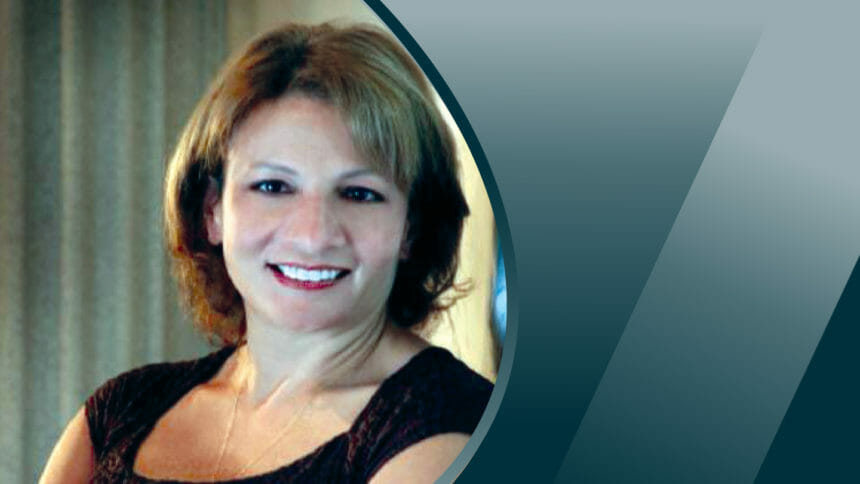
I recently met up with an old friend who’s a music therapist, and she’s back in town because her mom was recently diagnosed with early dementia. Her mom is a friend of my mom’s, and we go way way back. Being away from the area for so long and encountering her mom in person was a bomb that she didn’t expect. Talking on the phone, checking in with family, and getting updates from the doctor are not the same as seeing her mom and seeing the difference.
As a music therapist, she jumped into action. She changed the home setting and played mom’s music at different times of the day to encourage routine and normality. And things started to change.
Anyone who’s seen the movie Alive Inside knows the value of music for those living with brain injuries and dementia. Social worker Dan Cohen started a program called Music and Memory to alter the lives of his clients and their caregivers. When presented with music that meant something in the stages of their lives, clients living with dementia changed. They changed objectively in their behavior, and they changed inside.
I’m currently a research participant in a study for healthy older adults, where we Zoom in a cohort of eight clients every week to talk about interventions to maintain a healthy neurological status. This study will follow us for 20 years to see if changes in our diet, exercise or other behaviors alter the progression of disease compared to the general population and compared to those in the study who aren’t getting intervention.
One of our study leaders is a music therapist, who has encouraged us to choose our “theme song.” You know the theme song for Friends? You know the theme song for Titanic? You know the theme song for Gilligan’s Island (maybe that’s only for the *ahem* older readers.) But you know what I mean. The theme song defines or explains who you are and what you are. What’s your theme song? What’s the song that will resonate with you as you age? What’s your elderly resident’s song?
Check out this video that shows how giving music to the unresponsive, sitting-in-a-wheelchair-all-day resident who doesn’t speak or recognize his family alters him. He listens to the music from his youth, and his eyes light up, and he looks up and starts to speak in full sentences. He begins to sing. Really well.
You may think that music doesn’t work on everyone, but it does. By degrees, everyone has a connection to music, whether it’s the theme to Gilligan’s Island or (as in the case of my 28-year-old client with brain damage) Metallica. Music reaches parts of the brain that we, as clinicians, otherwise can’t. It doesn’t just remind us of who we were; it can rewire and heal parts of the brain that we, as therapists, using our best and newest techniques, can’t.
Back when we got our Music and Memory certification, we used iPods downloaded with the music that the family members recommended, tailored for each client. Now, we all have smartphones and can create a playlist for each of our clients immediately and on the spot. The late renowned neurologist Dr. Oliver Sacks, in treating the clients and seeing the difference, noted that “music will bring them back into their lives and create new pathways for interaction.” Most of us have some kind of music therapy, whether it’s a monthly entertainer or visits from local music students. Make sure you personalize the music to the client.
After spending time with her mom and creating a routine of playlists for her to continue, my friend felt confident that her mom had shown improvement in her competence at home. According to Northwestern Medicine:
“When we use musical intervention, we’re looking for areas and networks in the brain that are intact to serve as bridges and help the areas that are not working well,” says Dr. Bonakdarpour. “Singing, for example, can be a bridge to communicating better through language. The rhythmic nature of music can help people walk better.”
Your stroke client can’t talk, but he can sing. Your Parkinson’s patient can’t walk, but she can dance. We see this every day.
Music doesn’t cure dementia. But it can help create new means of communicating and can diminish agitation. When quality of life is the focus, everyone wins.
Jean Wendland Porter, PT, CCI, WCC, CKTP, CDP, TWD, is the regional director of therapy operations at Diversified Health Partners in Ohio.
The opinions expressed in McKnight’s Long-Term Care News guest submissions are the author’s and are not necessarily those of McKnight’s Long-Term Care News or its editors.
Have a column idea? See our submission guidelines here.





